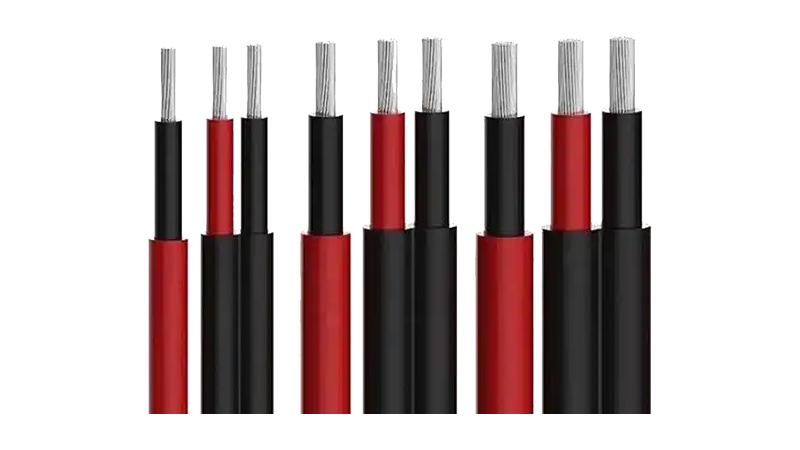
Material characteristics
【Photovoltaic cable】
1. Flame retardant materials: photovoltaic cables usually use high-quality flame retardant materials, with good weather resistance and aging resistance, can resist the influence of ultraviolet light, high temperature and harsh environment, to ensure long-term stable operation in the outdoor environment.
2. Special insulation materials: the insulation materials are mostly cross-linked polyethylene (XLPE) or cross-linked polyvinyl chloride (XLPE), these materials have excellent high temperature resistance and corrosion resistance, can better protect the cable and improve the efficiency of solar power generation.
3. High flexibility: Photovoltaic cable material has high flexibility, easy to install and maintain.
【Ordinary cable】
1. A variety of materials: the materials of ordinary cables are different according to the use and environment, and their weather resistance and aging resistance are relatively weak.
2. Insulation materials: may use polyvinyl chloride (PVC), cross-linked polyethylene (XLPE) and other insulation materials, high temperature resistance and corrosion resistance is relatively weak.
Application
【Photovoltaic cable】
Dedicated to solar power generation system, including the connection between photovoltaic module and inverter, group series connection, connection between grid box and inverter, etc. In addition, it is also widely used in ground and roof photovoltaic power stations, household distributed photovoltaic systems and other occasions.
【Ordinary cable】
A wide range of applications, such as transmission, distribution, and control circuits in the electric power field; Indoor wiring and outdoor power distribution in the construction sector; Traffic lights and railway signals in the field of transportation; And communication in the field of telephone, broadband, TV signal transmission.
Performance requirement
【Photovoltaic cable】
1. Uv resistance: It needs to be resistant to high intensity UV radiation.
2. Tensile performance: As photovoltaic cables are often installed outdoors at high altitude, they need to have excellent tensile performance.
3. Temperature range: can work normally in extreme temperatures, generally divided into three types: TUV(-40℃~+90℃), H1Z2Z2-K(-40℃~+120℃) and PV1-F(-40℃~+125℃).
4. Flame retardant properties: it is required to have good flame retardant properties to reduce fire risk.
【Ordinary cable】
Performance requirements are relatively low, mainly according to the specific use environment and demand for design and production.
Environmental suitability
【Photovoltaic cable】
It has good high temperature resistance and UV anti-aging performance, as well as withstand pressure, bending, cross tensile load and strong impact and other high requirements, to adapt to the harsh outdoor environment.
【Ordinary cable】
Environmental adaptability is relatively weak, mainly suitable for indoor or relatively stable environment.
To sum up, there are obvious differences between photovoltaic cables and ordinary cables in terms of material properties, uses, performance requirements and environmental adaptability. These differences enable photovoltaic cables to better adapt to the special needs of solar power generation systems and ensure the safe and stable operation of the systems. If you have more questions or want to know more about solar PV cables, please contact us and our professional team will be happy to provide you with support and answers.

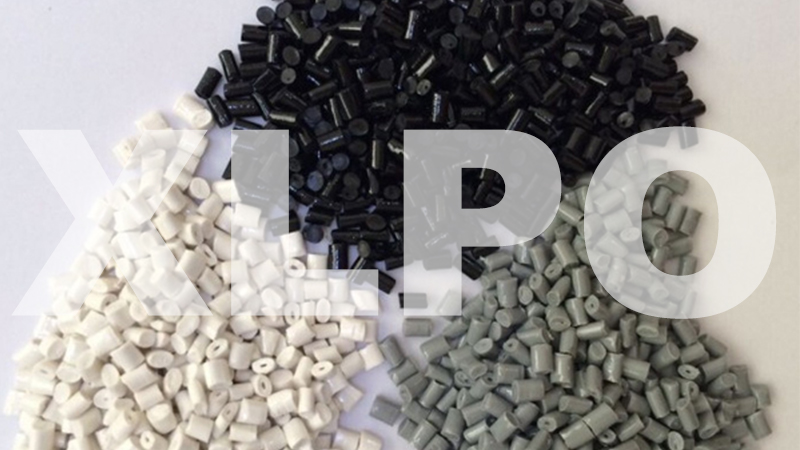
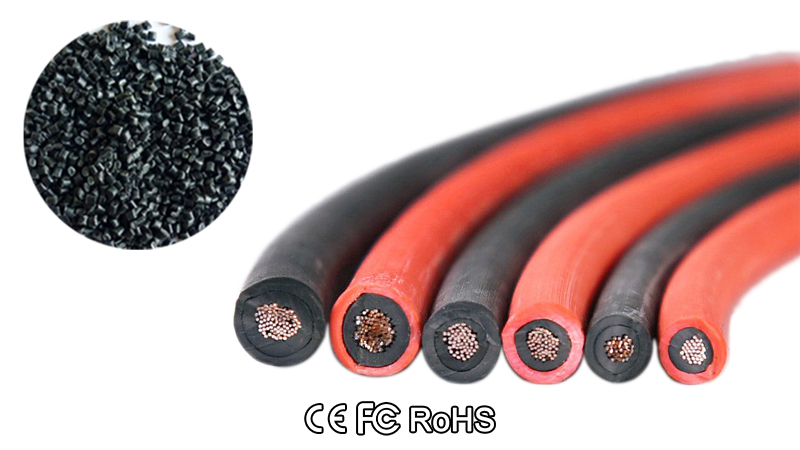


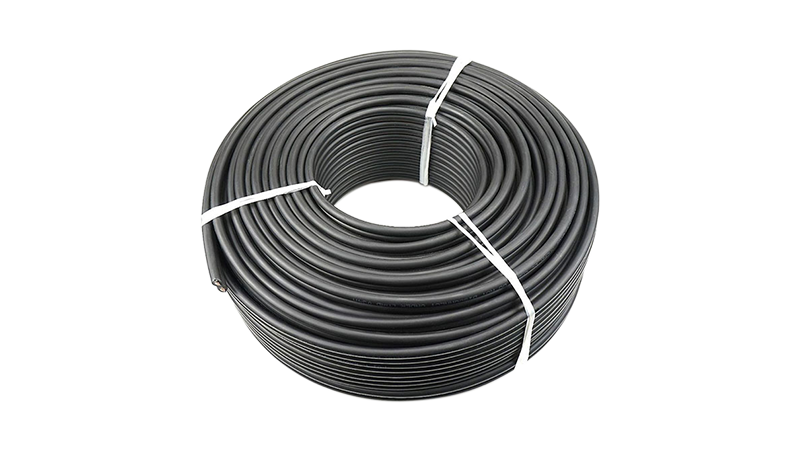
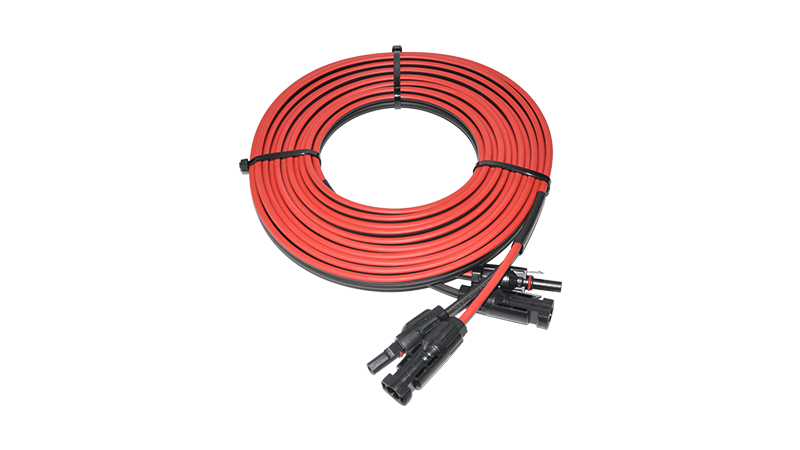
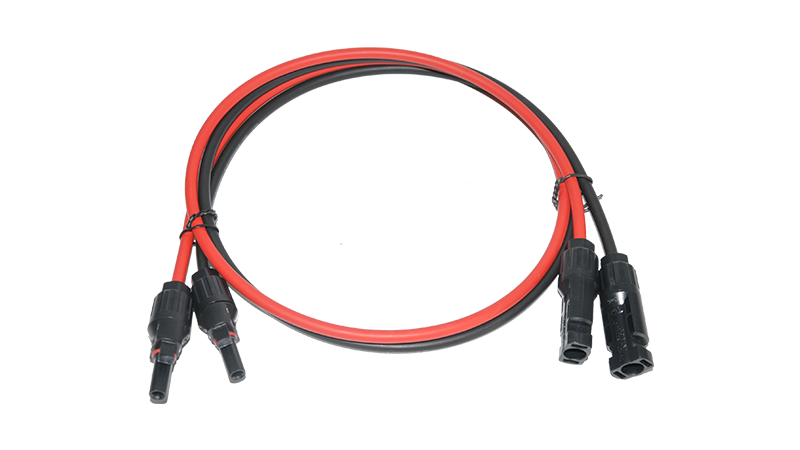
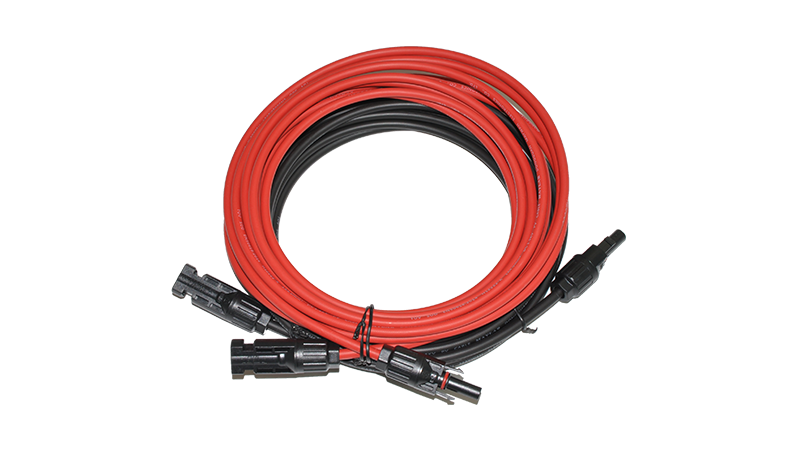
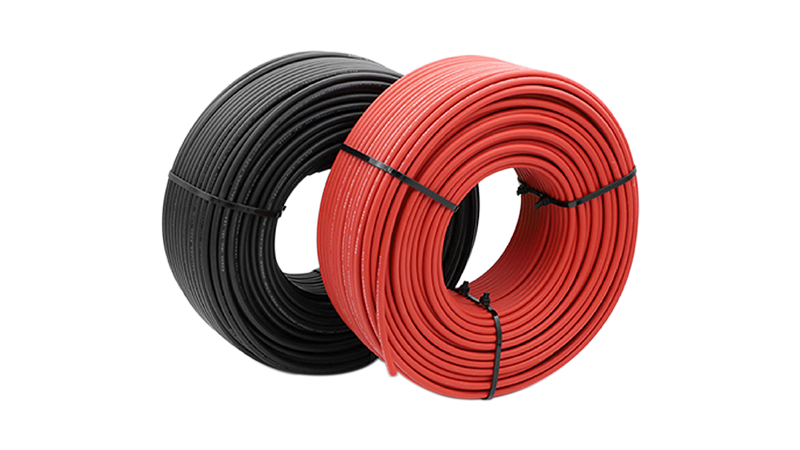
 telephone
telephone
 Contact US
Contact US